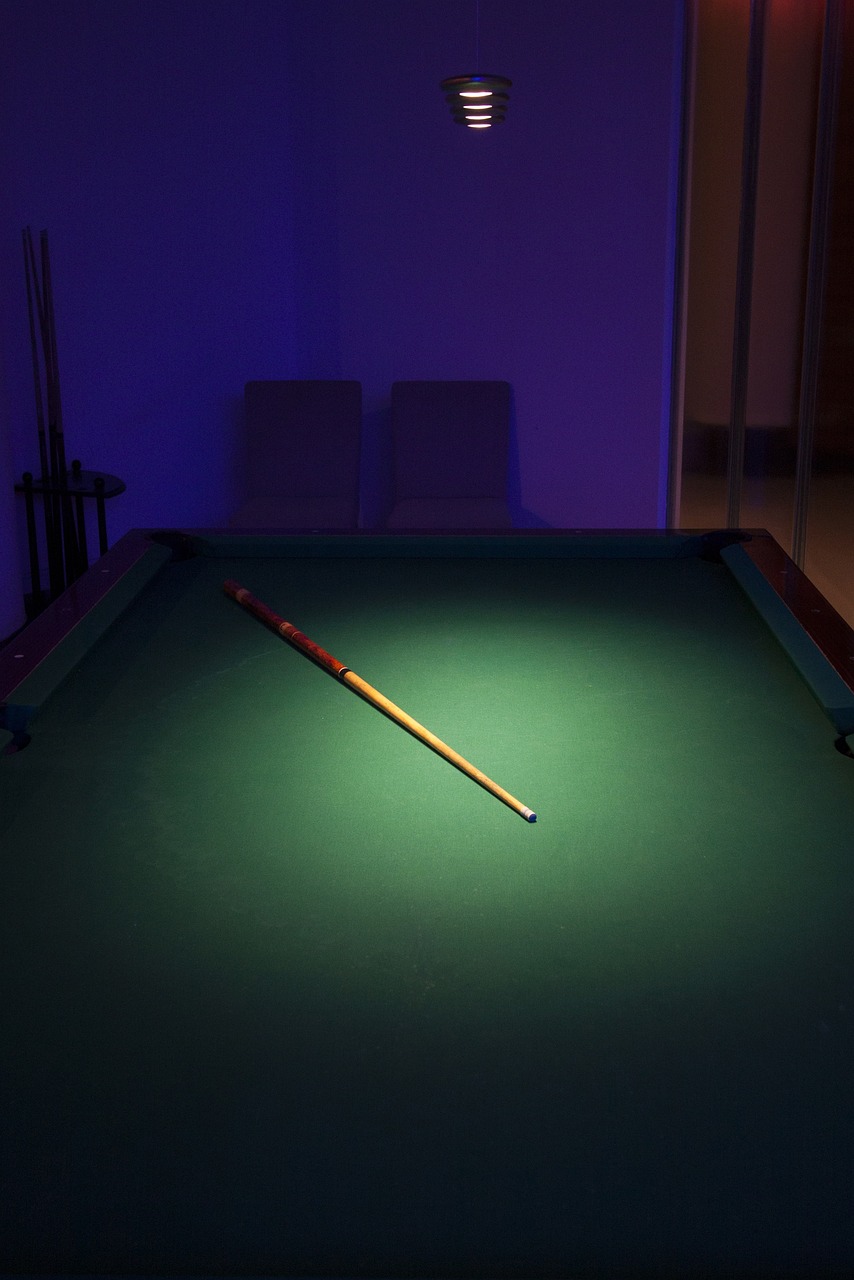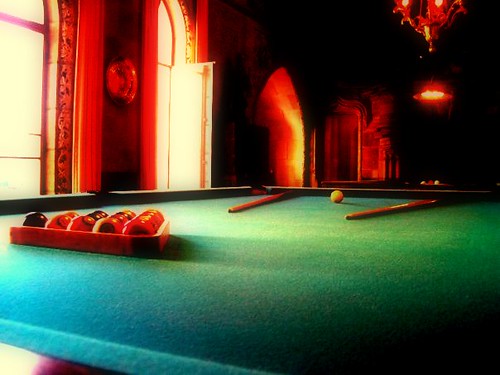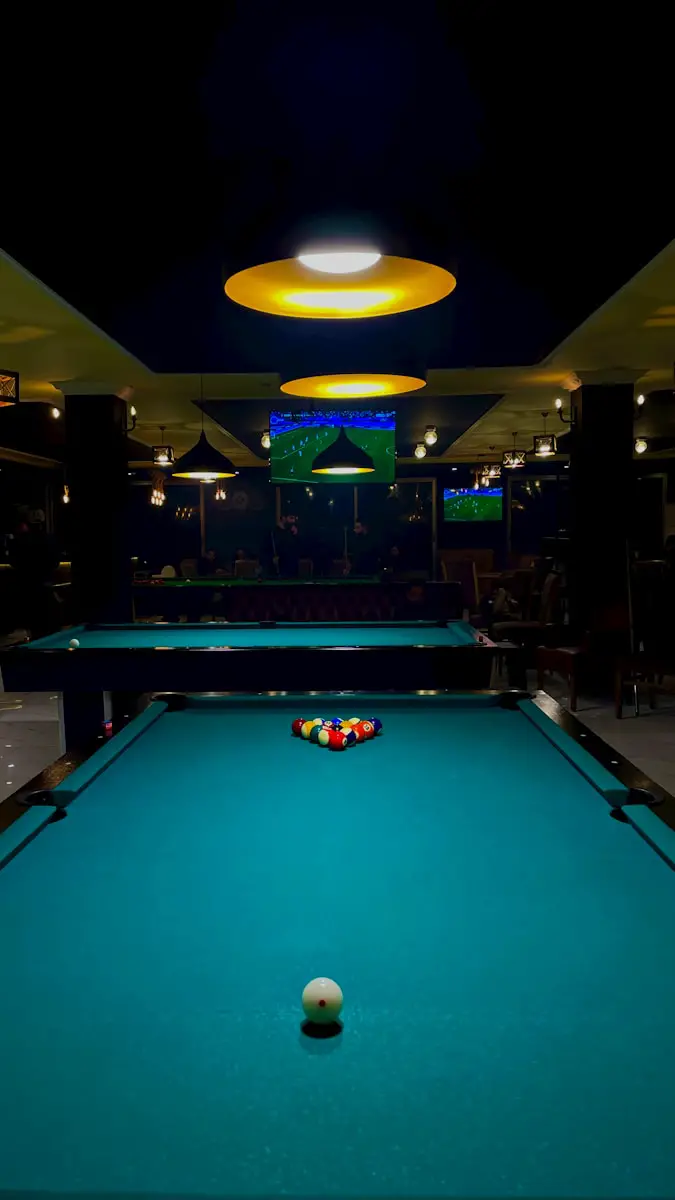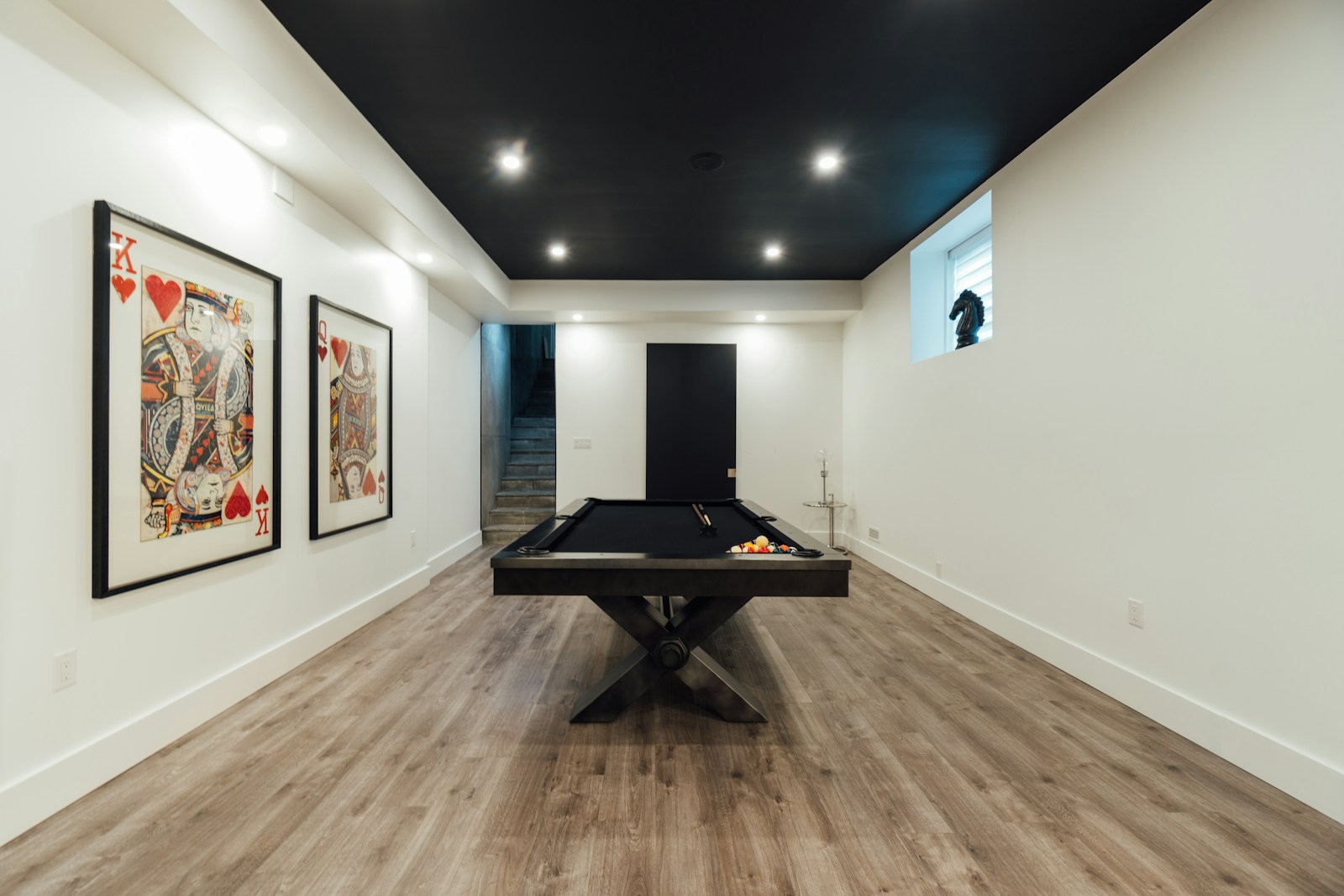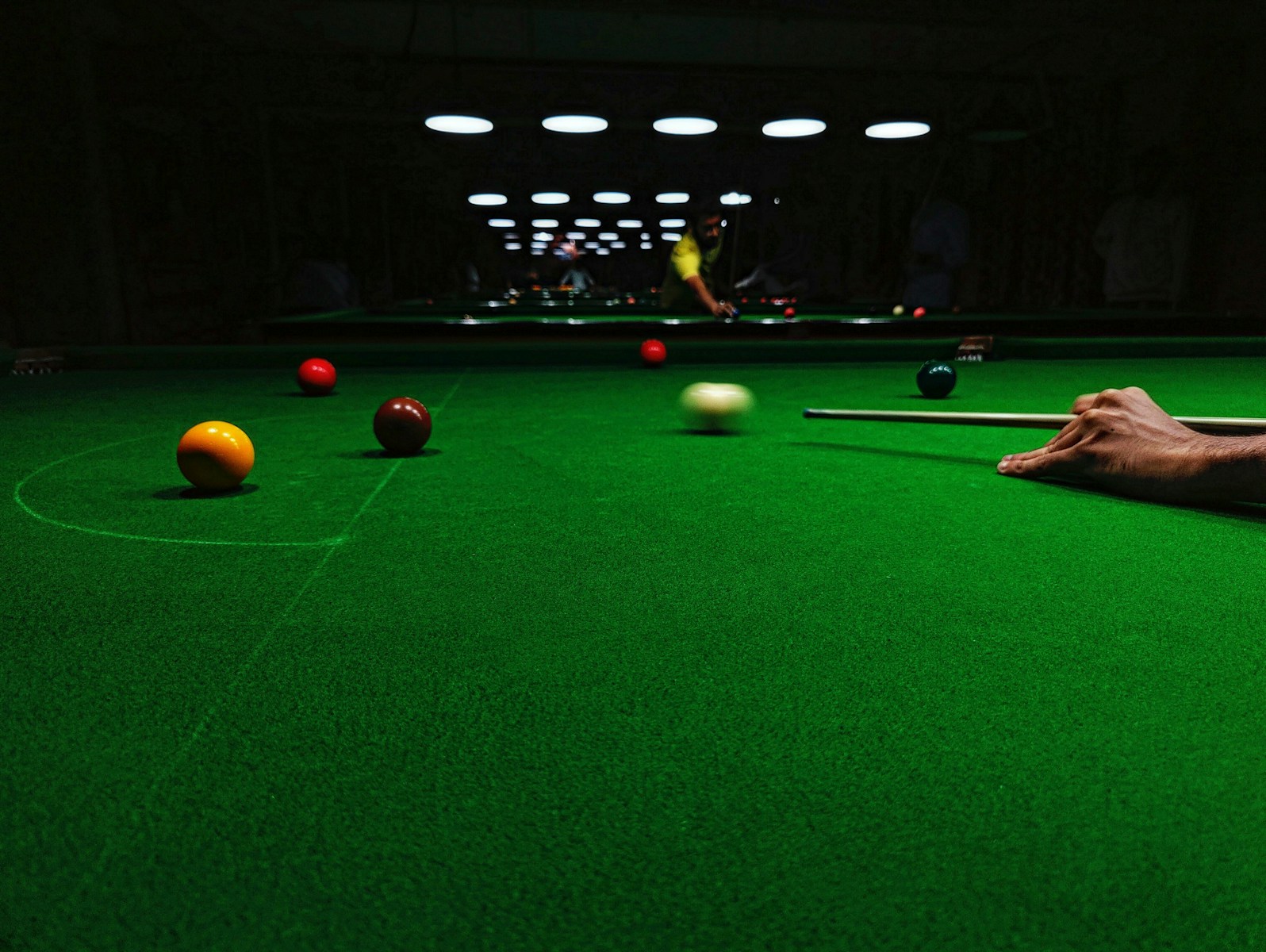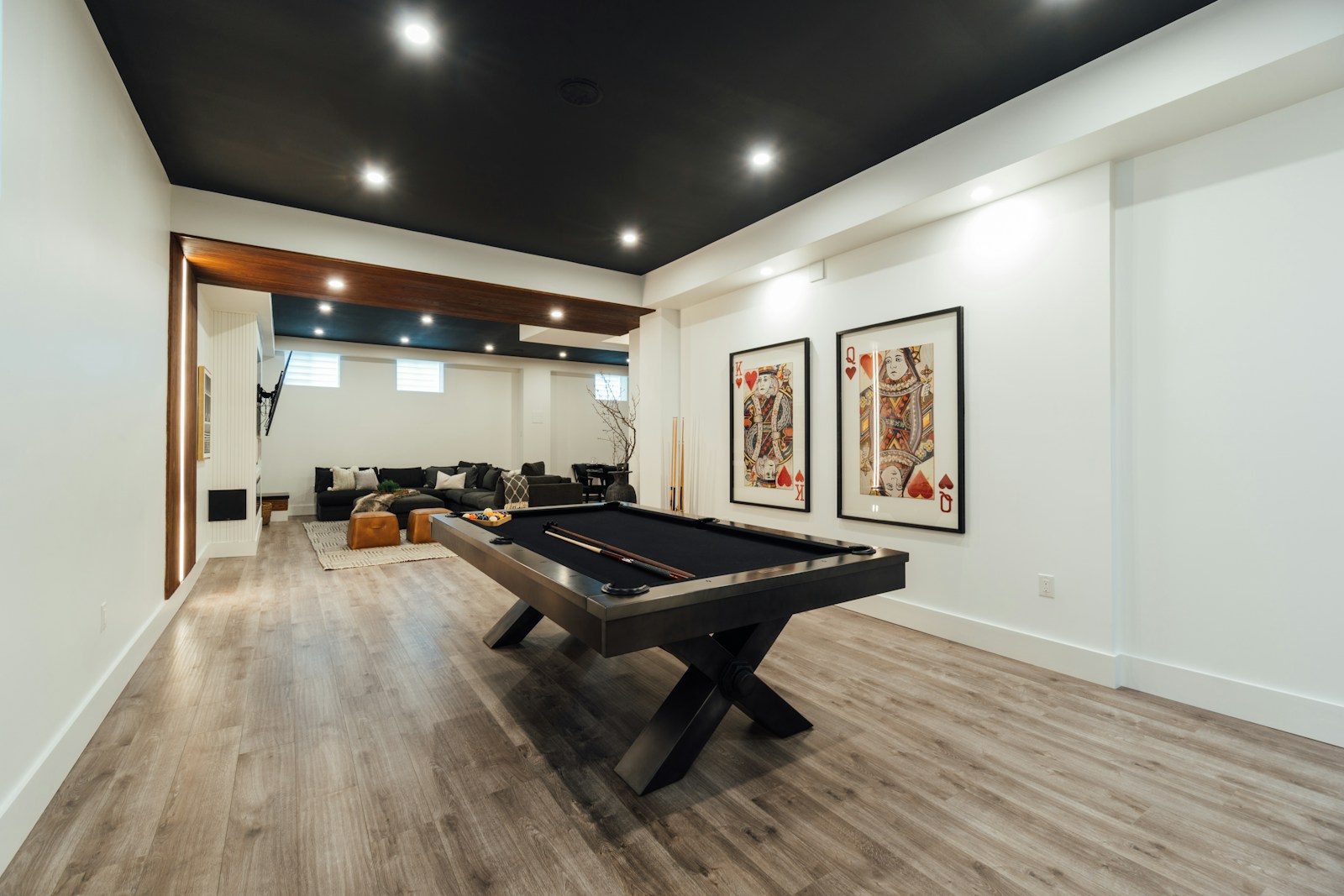
Billiard Table Cloth/Felt Materials and Their Influence on Gameplay
Amidst the clatter of billiard balls and the echo of a well-placed shot, one key element often overlooks—until it’s time to play—is the billiard cloth. Its importance can’t be overstated, not merely for the table’s aesthetic appeal but for its profound influence on the game itself. This comprehensive guide is designed for billiard enthusiasts seeking to understand the intricate relationship between billiard table cloth materials and the art of playing pool.
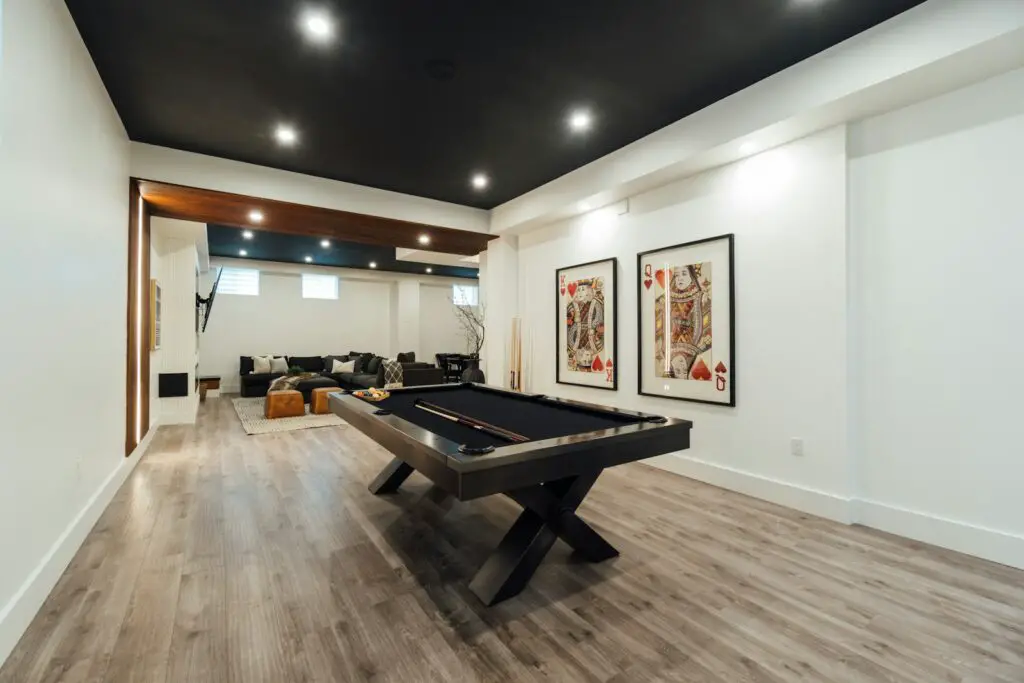
Types of Billiard Table Cloth/Felt Materials
Each fabric, from Simonis to Mali, brings a unique set of characteristics that differentiate play styles and preferences. They are lauded for their quality and diverse ranges of play, making the selection of your table’s ‘skin’ an integral part of the billiard experience.
Simonis Cloth
Known for its precision, speed, and durability, Simonis cloth is a staple in the billiard world. This worsted wool fabric is renowned for its ability to offer consistent play over time. It’s favored in professional tournaments where the consistency of the cloth can mean the difference between winning and losing.
Championship Cloth
Championship Billiards operates under the motto, “We are pool.” Their cloth proudly upholds this claim, providing a playing surface that balances response and affordability. Championship Cloth is a mix of wool and nylon, combining the smoothness of worsted wool with a more wallet-friendly price tag.
ProForm Cloth
Suited for bars and recreational spaces, ProForm cloth offers a mid-range solution that caters to casual players. Its blend of wool and nylon boasts of stain-resistant properties and an easy-to-maintain nature. Although it may lack the speed and fine play of its higher-end counterparts, it’s a steady performer that can stand up to the rigors of frequent use.
Mali Cloth
For those who appreciate traditional play, Mali Cloth, with its 60% wool and 40% nylon composition, offers a slightly coarser playing surface. It’s a choice that harks back to a time when pool halls and smoky bars were the proving grounds for many billiard greats.
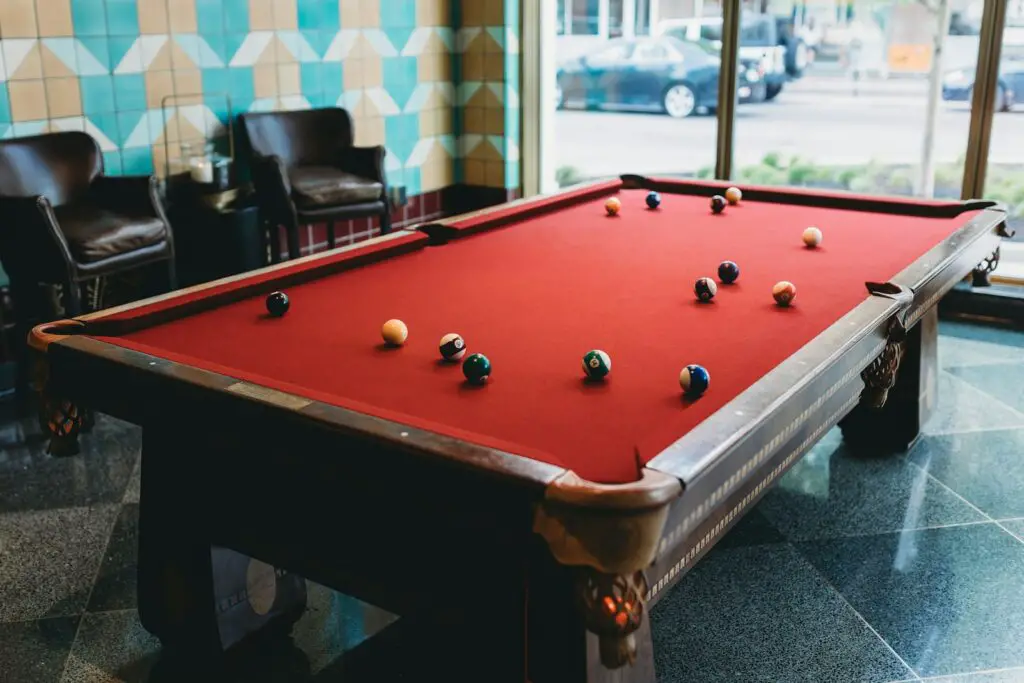
Impact on Gameplay
The choice of cloth/felt material on a billiard table is a pivotal decision, influencing key aspects of the game like speed, friction, and consistency. It’s not just about rolling a ball; the cloth allows players to hone their craft and refine strategies.
Speed and Friction
Simonis and other high-end cloths are known for their quick play, where the surface is less likely to redirect a ball’s trajectory due to a lesser degree of friction. This can lead to faster games and more challenging shots. On the flip side, coarser cloths offer more resistance, requiring a greater degree of power to travel the same distance.
Durability and Maintenance
The longevity of the table’s playability is also intricately linked to the cloth material. Simonis is applauded for its hard-wearing nature, providing years of consistent play without the frequent need for replacement. In contrast, coarser cloths may need replacement sooner, especially in high-traffic areas prone to wear and tear.
Precision and Spin Control
High-quality cloths are not only smoother and faster; they also allow for more refined control over a ball’s movement. Players can employ a wider range of spins and nuances with the assurance that the cloth’s response will be predictable. This is crucial for advanced players who rely on subtle touches to influence a shot.
Choosing the Right Cloth/Felt
The task of choosing the billiard table cloth is multi-faceted, balancing budget, play style, and the environment in which the table will reside. Here are some factors to consider:
- Intended Use: A table in a professional setting will require a vastly different cloth than one in a home or bar.
- Budget and Longevity: High-end cloths may cost more initially, but their durability often means fewer replacements in the long run.
- Skill Level: Advanced players typically prefer a faster, smoother cloth that allows for more control and challenge.
Additionally, maintaining your billiard cloth is paramount. It’s important to brush the cloth regularly to keep it free from dirt and to avoid excessive use of cue chalk, which can cause unnecessary wear.
Conclusion
In the world of billiards, every detail counts, with the table cloth being no exception. Its influence on gameplay is profound, affecting everything from shot precision to the overall pace of the game. By understanding the impact of various billiard cloth materials, players and enthusiasts alike can ensure that their table setup is primed for optimum performance and enjoyment. Remember, the next time you’re lining up a shot, the cloth beneath your cue may just be your silent partner in the game.


